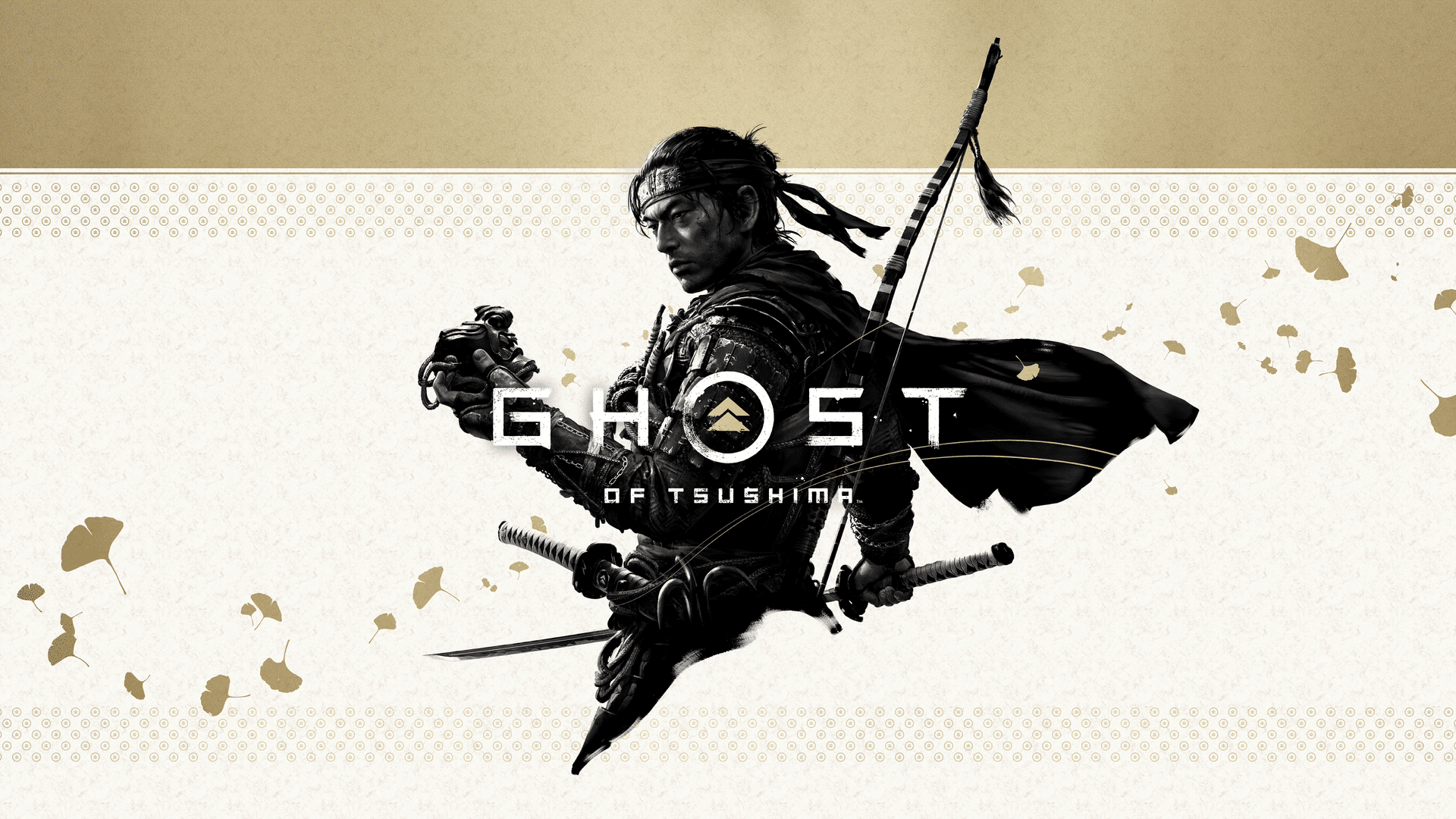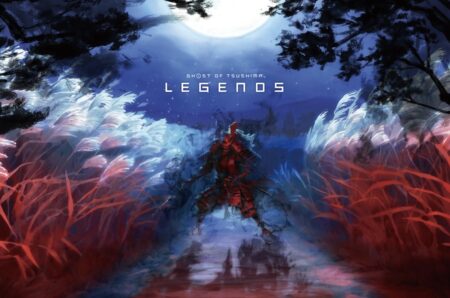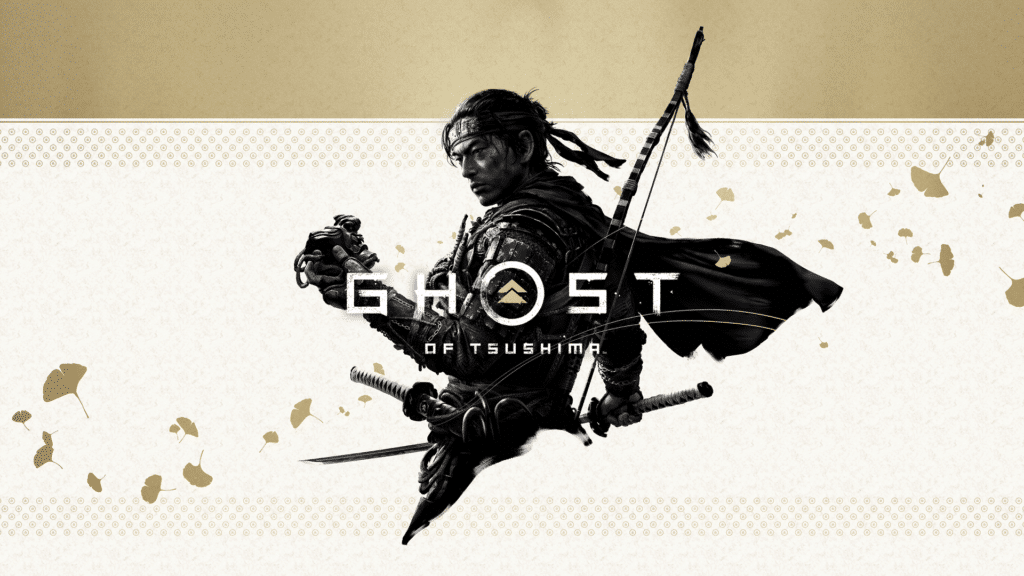A year ago, I played through Ghost of Tsushima and loved it. The game was a perfect homage to classic samurai movies and was incredibly inventive in its traversal mechanics and combat. My favorite aspects were the deep characters coupled with a grounded story.
Sucker Punch continually added to the game, namely with an excellent Legends expansion, and now we have an entirely new island with a new story to dive into thanks to the Director’s Cut. But can Iki Island follow up and add to the excellent Ghost of Tsushima one year later?
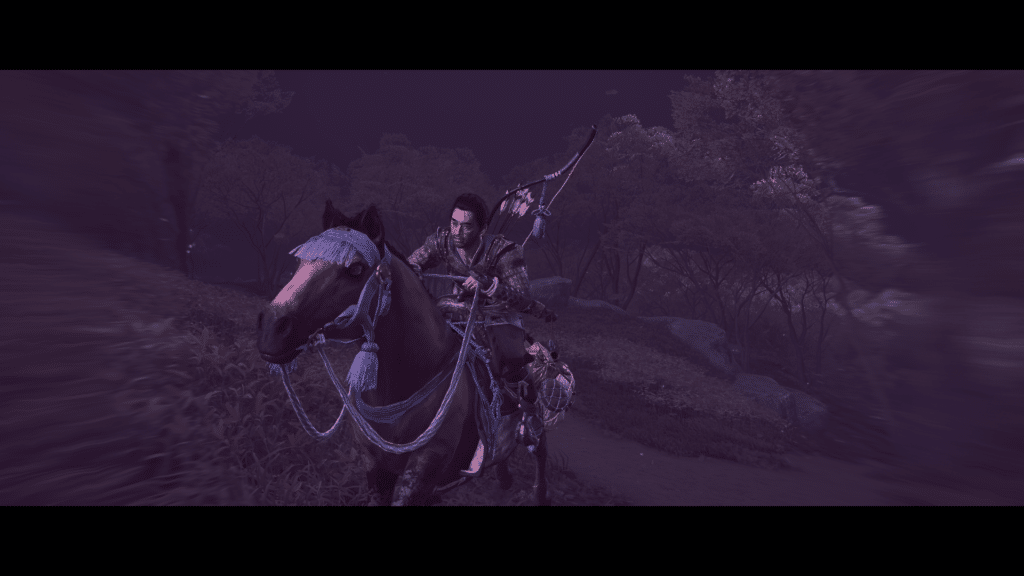
Dark Secrets of the Sakai Clan
At center stage in Ghost of Tsushima: Director’s Cut is the new story expansion, Tales of Iki, available to you after act 2 of the base game. The main premise revolves around Jin discovering a Mongol tribe that has started invading the neighboring Ikishima island, a place from Jin’s youth filled with haunting memories surrounding his father.
Iki is a lawless island filled with pirates and bandits. A place where the code of the samurai is nowhere to be seen and samurai are vilified. Iki serves as a nice contrast in tone from the main game’s Tsushima island, where honor is the law and the samurai are revered.
The Tales of Iki storyline had a lot of potentials, and in many ways, does succeed in fleshing out Jin’s character, namely in Jin’s relationship with his father. However, the story fails in its delivery. Iki’s main scenario revolves around Jin being poisoned with a hallucinogenic drug by The Eagle, the witch-like antagonist.
Throughout the story, Jin will have flashbacks to the traumatic events of Ikishima in his youth. The strangest part of this DLC is that The Eagle will constantly pick at Jin’s traumas during these hallucinogenic episodes in a supernatural manner which felt very generic and out-of-place for Ghost of Tsushima.
Ghost of Tsushima’s base game occasionally dipped into the supernatural aspects of the world; Jin having some almost otherworldly connection to nature as birds and foxes guided him around to shrines. Not to mention the various “Mythic Tales” side quests. However, these supernatural elements were always within the parameters of intelligent gameplay design or reasonable suspension of disbelief given the context.
Tales of Iki has a storyline that is always diving too much into the unbelievable in an otherwise believable world, and it feels like a crutch to spew exposition. The strong, grounded storylines that I came to enjoy from the main game are lost to a more fantasy-based story that is thematically and tonally disconnected from everything else in the game.
Some great story moments centered around Jin and his father’s past are the strongest part of this DLC story by far. Two new characters are also introduced and how they tie into Jin’s story is clever. Still, we do not have enough time with these characters to truly care about them, and they end up being forgettable. Clocking in at about 4 hours for the main scenario, I couldn’t help but feel like Tales of Iki could have expanded its scope just a bit more. To me, Tales of Iki’s plot felt more like a fever dream set in the Ghost of Tsushima universe than the compelling story of a wayward samurai that I had enjoyed in the first place.
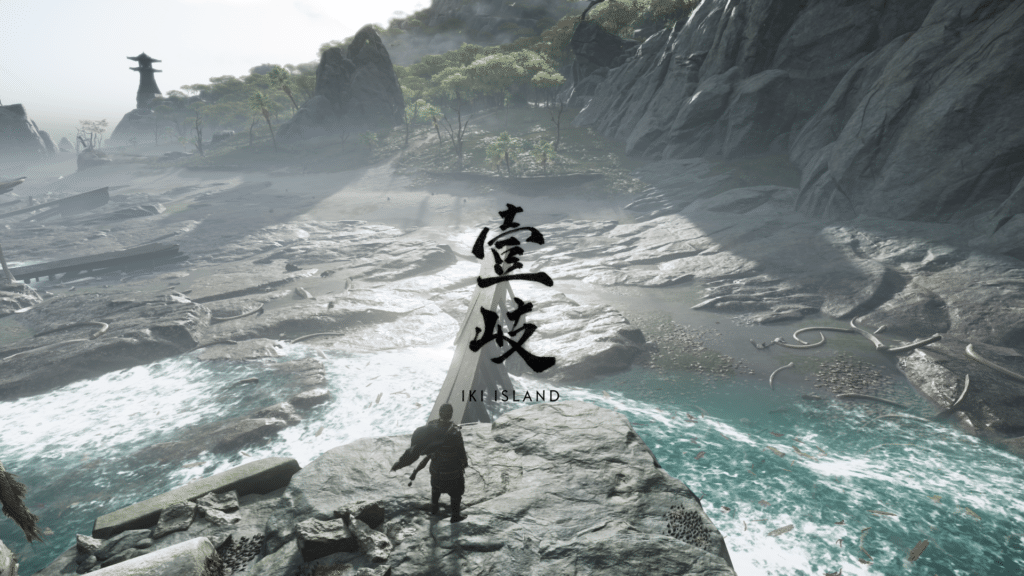
Iki Island: Another Beautiful Slice of Japan
Luckily, the Iki Island expansion more than makes up for the main story’s shortcomings with an excellent new explorable area. Just how Tsushima itself is a character and a star of the game, Iki Island feels much the same. Iki always upholds the base game’s standards for beauty and top-tier art direction with lush, green landscapes and beds of flowers littering the world. And there is plenty to do on this small island.
The Iki Island expansion adds three new techniques unique to the Director’s Cut. Two of these are simple exploration techniques for finding animal sanctuaries and archery challenges, great additions for exploration enjoyers. The most notable gameplay addition is the horse charge technique, in which you burn up the resolve meter to bowl through crowds of enemies while on horseback.
It’s probably the most satisfying and fun technique in the game. Also newly introduced are the shaman enemy type that buff all enemies in the area and add a nice challenge to the combat. These additions are fairly minor in the grand scheme of things but do keep things fresh if you jump back into Tsushima.

Jin’s legend has not yet reached the shores of Iki. Iki is a blank slate to earn new technique points and build up your legend, like in Tsushima proper. Waiting for you on Iki is also a suit of armor for your horse and a new suit of armor for JIn, each accompanied with their own respective mythic tale. And as always, there are some discoverable locations and challenges to complete. Everything you do in Iki has a purpose and is rewarding in some way. Like in the main game, there is always a nice charm or headband for completing side activities.
Iki Island itself felt like a bite-sized Tsushima, and I loved it for this reason. As someone who enthusiastically played through Ghost of Tsushima a year ago but hasn’t come back to it since rolling the credits, Iki Island and its various activities gave me a well-rounded experience that let me relive why I fell in love with this game in the first place. The side activities, collectibles, and other check-list gameplay elements are still high quality, but they don’t flood the map or create a whole laundry list of things to do.
Iki Island respects your time and commitments to the main game while being a blast on its own. While the main story scenario was very brief, I found the Iki expansion side objectives to be a lot more worthy of my time. If you loved the side missions and exploration in the base game, Iki Island is your place.
The Iki Island expansion is a little weak, with its strange supernatural storyline that is far too brief; however, the side quests and exploration of Iki more than make-up for it. If you’re someone that enjoyed Ghost of Tsushima, then this expansion is well worth your time. Iki Island has plenty to do and lots to see.




